Becoming a Colorado State Marriage and Family Therapist: A Step-by-Step Guide
Embarking on a journey to become a licensed Marriage and Family Therapist (MFT) in Colorado is exciting and rewarding. With a growing need for professionals specializing in relationships and family dynamics, this career path offers an opportunity to make a lasting difference in people’s lives. Whether you aspire to work with couples, families, or individuals, understanding the requirements and steps to licensure in Colorado is essential. This guide will walk you through the process.
Understanding the Requirements: To practice as a Marriage and Family Therapist in Colorado, you must meet the state’s licensure requirements. These include:
Education: Obtain a graduate degree in marriage and family therapy or a closely related field from an accredited institution. Usually, COAMFTE-accredited schools can be better because you can use the hours you gained from school to apply to your hours for your license. Colorado requires that the program meet specific standards to ensure the quality of education.
Supervised Experience: Gain post-graduate supervised experience. MFTs in Colorado need at least 2,000 hours of supervised clinical experience, with a specific portion focused on relational therapy. An AAMFT-approved supervisor can help you gain the relationship hours you need.
Examinations: Pass the required licensing examination. For MFTs, this is typically the Association of Martial & Family Therapy Regulatory Boards.
Colorado also requires a person to take another exam to be able to practice in Colorado, which is specific to the law and ethics in Colorado.
Background Check: Complete a criminal background check to ensure you meet the ethical standards required to work in this field.
Therapist’s Perspective: The process of becoming licensed as a Marriage and Family Therapist can feel daunting, but it is incredibly rewarding. As a therapist, I’ve found that specializing in relationships and family systems allows for a profound impact on the lives of clients and others around them. Building a strong network of colleagues and mentors during your journey can provide invaluable support and guidance.
Here are some actionable steps to help you on your journey:
Research Graduate Programs: Look for programs that focus on marriage and family therapy and are accredited by recognized bodies like COAMFTE or equivalent organizations.
Find a Qualified Supervisor: Begin networking during your graduate program to identify potential supervisors who specialize in relational therapy.
Prepare for the Licensing Exam: Utilize exam prep materials, study groups, and practice tests to build confidence and knowledge.
Focus on Relational Therapy: During your supervised experience, aim to work with diverse populations, including couples and families, to develop a well-rounded skill set and see where you would like your niche and who you enjoy working with.
Stay Organized: Create a timeline to track your progress, from coursework to supervised hours and exam preparation. Staying organized will help you meet deadlines efficiently and track your hours so that you can submit them to the state when you apply for licensure.
Becoming a Marriage and Family Therapist in Colorado requires dedication, perseverance, and a clear understanding of the steps involved. By following the outlined path and seeking support along the way, you can achieve your goal of making a meaningful impact on couples and families. Your journey starts with a single step—and each step brings you closer to a fulfilling career.
The state requirements can be an evolving door; for an up-to-date process, click here for Colorado State Regulatory Agencies, where you can find the most up-to-date information and a complete requirements checklist.


